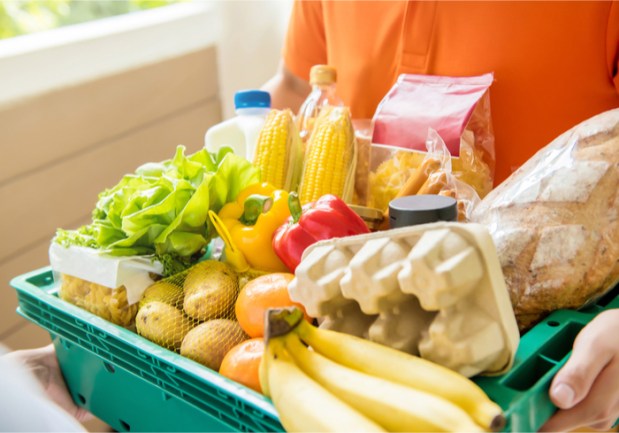How Small Food Merchants Can Tap Into Delivery Platforms

Cities around the world have many independent shops — butchers, bakers, cheesemongers and the like. But what they don’t always have is a platform geared toward small food businesses for order delivery and pickup.
Chris Edwards, who lives in the U.K., realized this often-unmet need. As a result, he created a marketplace with portals to individual food shops unified under one umbrella, called Good Sixty. The service meets the needs of local merchants that want a delivery and pick-up platform — and the customers they hope to serve.
Good Sixty’s Founder and Managing Director Chris Edwards said in an interview with PYMNTS, “Convenience is key. In this day [and] age, we are all very time-poor.”
Good Sixty offers a range of vendors, from vegan cake makers to grocers who sell boxes of vegetables. The platform also hosts chocolatiers, cheesemongers, bakeries and other retailers.
The company launched in Bristol in September of 2016. Since Good Sixty’s founding, the company says it has signed on 70 merchants and its sales have grown by an average of 15 percent each month.
A Fresh Business Model
At launch, boxes of vegetables were the website’s most popular items. Beyond everyday purchases, Good Sixty has also seen some seasonal trends: Customers go nuts for cheese around Christmas, while others tend to flock to bakeries around Easter.
With a client base of mostly young families, Good Sixty’s customers are generally in their mid-30s to mid-40s. This customer base is a unique audience that wants to know where their food comes from and is aware of new developments.
“They’re very conscious about good quality, healthy food,” Edwards said. “And they’re still up to date with the trends.”
When customers order through Good Sixty’s platform, their order is sent to the merchant and the courier. At the moment, the company can offer delivery within 12 hours but hopes to shorten that timeframe down to half.
To distribute the orders, Good Sixty has an eco-friendly delivery model: It offers delivery through 100 percent pedal power, or, in other words, bikes. But merchants can opt to deliver items on their own.
Beyond delivery, Good Sixty allows customers to place orders for pickup. And the company has noticed an interesting trend: Customers on the outskirts of cities like to pick up their orders. These customers will stop on the side of the road, on the way home from work, to run in and pick up their cheeses, baked goods or vegetables.
Good Sixty uses Stripe for payments but is looking at introducing new payment technologies, as well as local currencies in the U.K. Bristol, like some cities in the U.K., has its own currency, dubbed The Bristol Pound. That local currency went live in 2012 and, according to The Telegraph, over 300 local merchants signed on to use the currency at its launch.
Specialty Grocery Delivery
Good Sixty arrives as companies come to the market seeking to provide a more refined grocery delivery service than, say, AmazonFresh.
In the U.S., Foxtrot curates Chicago’s best products — the best donut or the best beer, for example — then delivers those items to people in select areas of the city within 60 minutes.
As with Good Sixty, Foxtrot caters to a young, professional crowd, with an average customer age of 33. Its most popular in-store item is coffee, while eCommerce consumers like to order wine and ice cream.
Beyond selling everyday products, Foxtrot offers a gifting service that allows customers to send a gift box — note included.
The Future
Good Sixty recently raised £150,000 in crowdfunding. It plans to use the funds on marketing to gain more name recognition and expand its geographic reach to Bath, Cardiff and an area within London.
“Maybe … £150,000 isn’t a huge amount to do this,” Edwards said. “[But], of course, we will be going for more funding in the future,” Edwards said.
Edwards has big expansion plans for Good Sixty. He wants to bring the platform to other countries, including the United States and possibly France.
“We want it [to] be the No. 1 site for discovering great local, independent food,” Edwards said.
